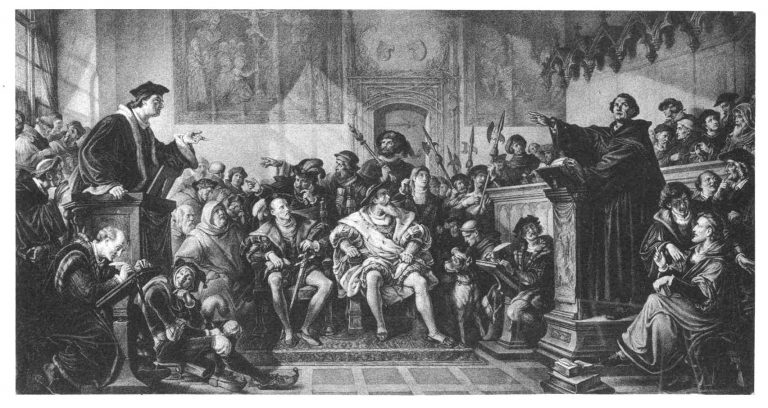Conditions for Relevant Changes to Requirements Models
Let’s say that there was a requirements model M1, we made a change to it, and we call the changed model M2. What can be said about the relationship between the contents of M1 and M2? To make this simpler to discuss, suppose that we changed M1 by refining a requirement in it. To further…

